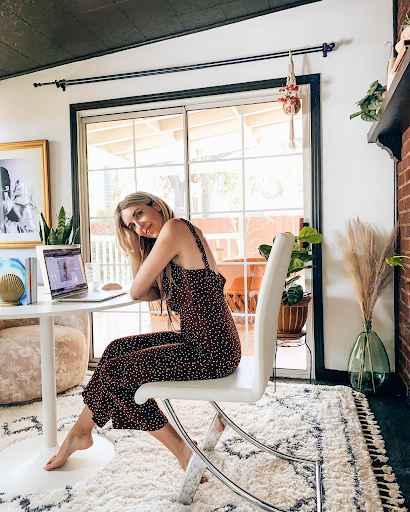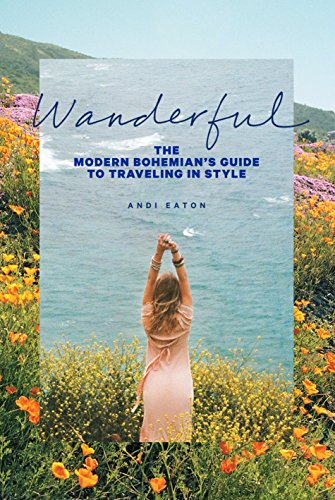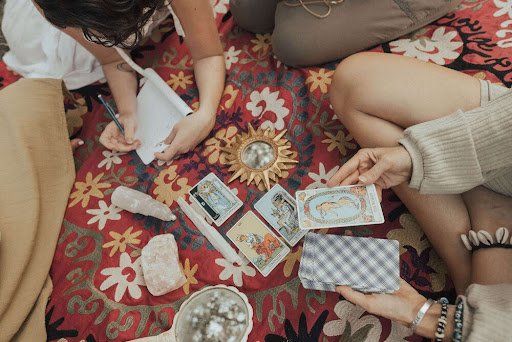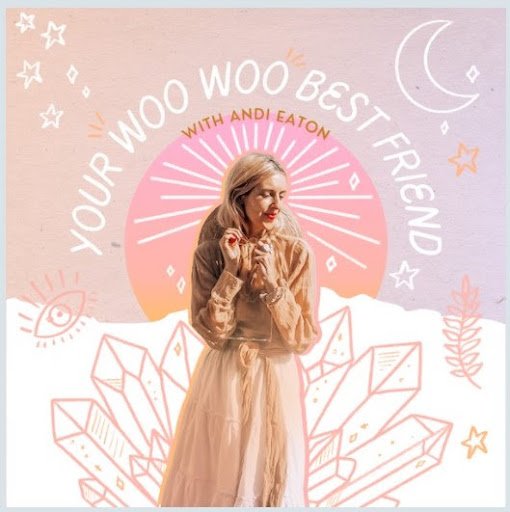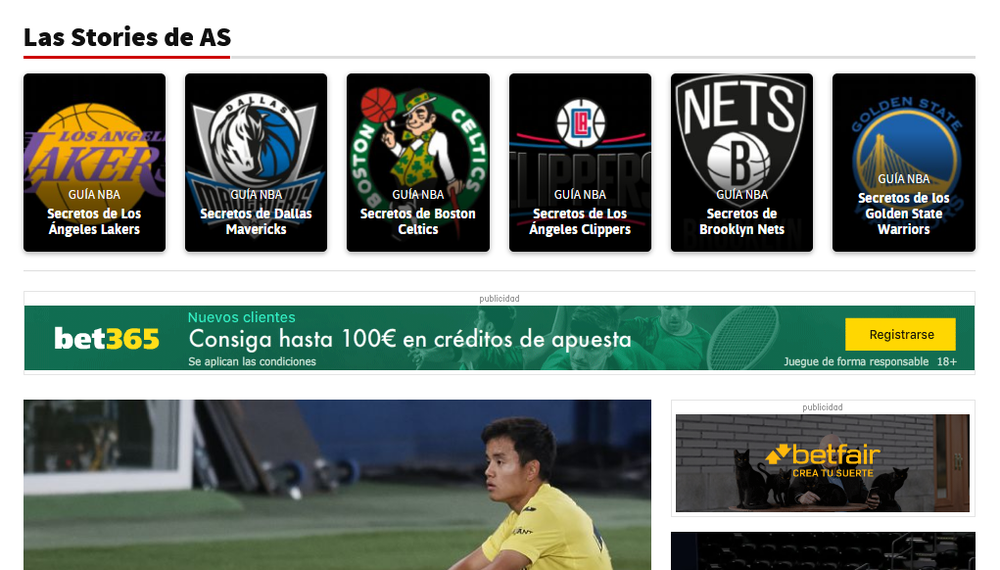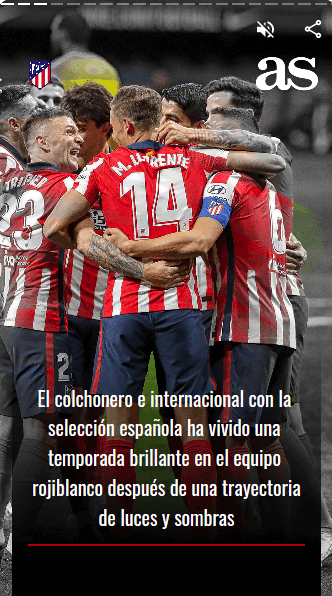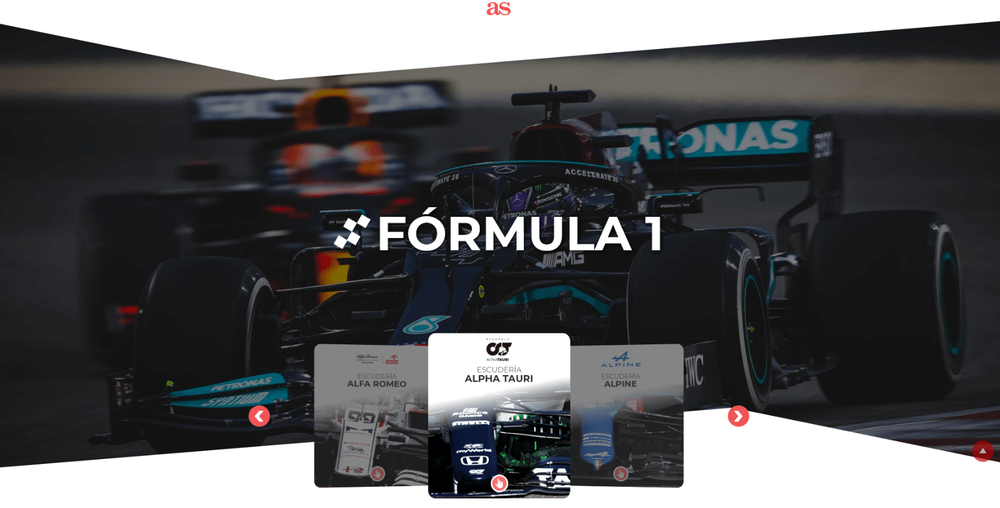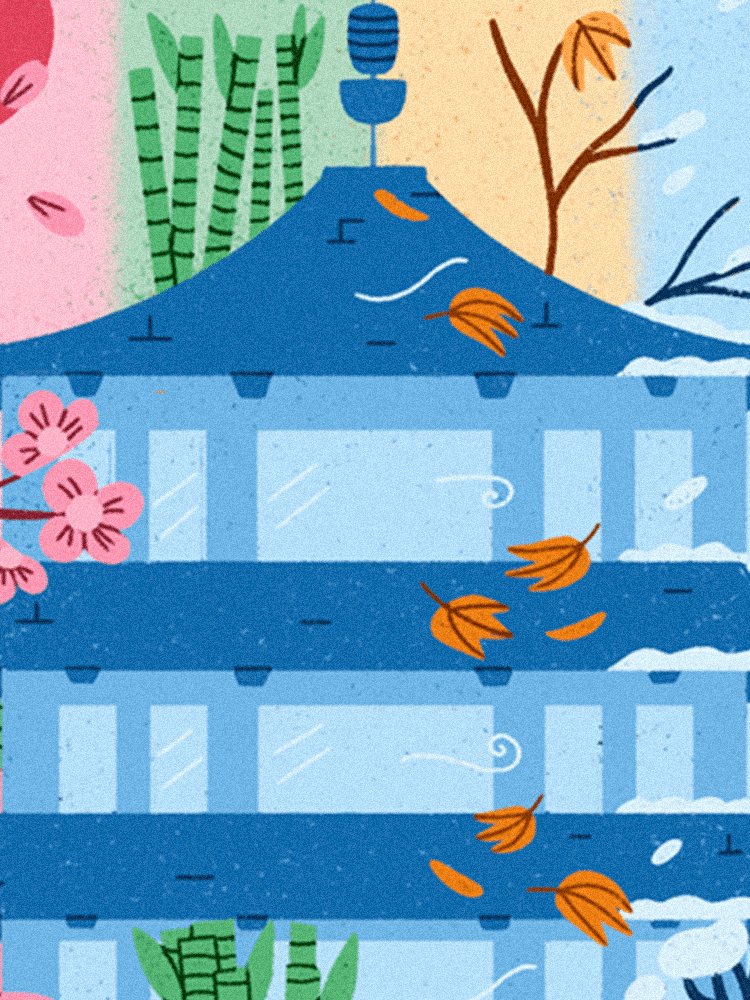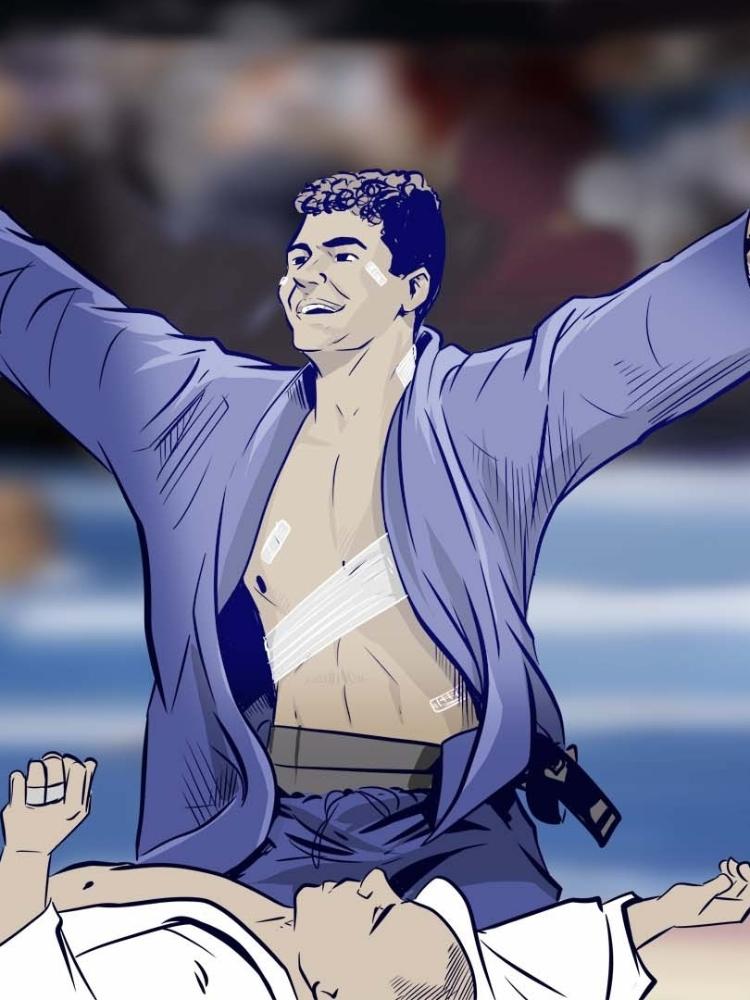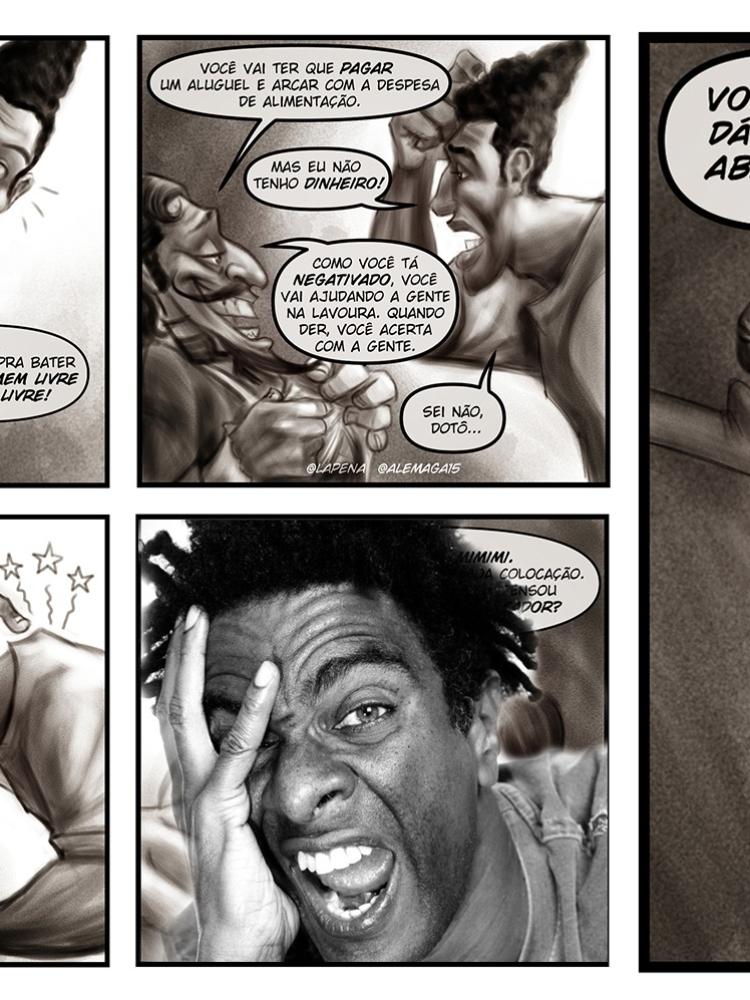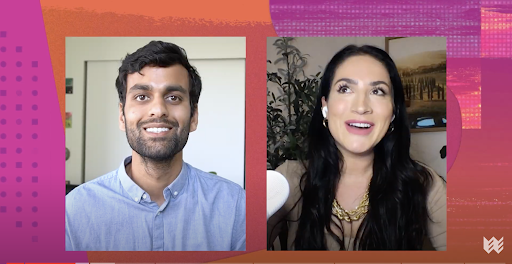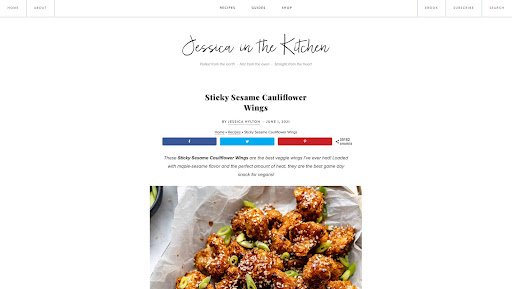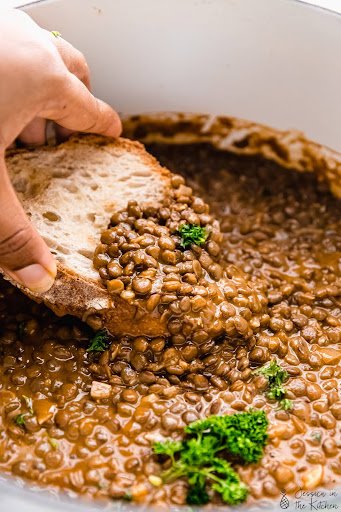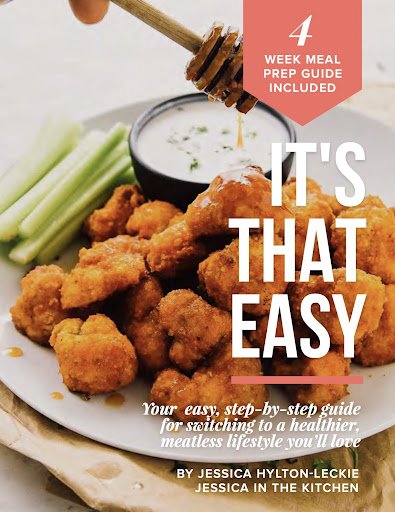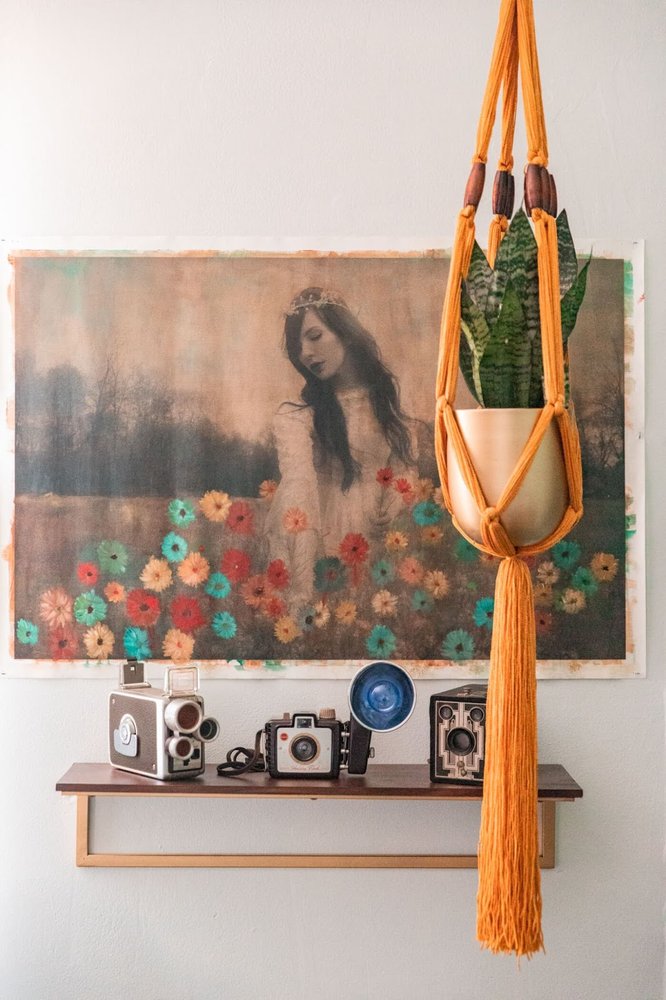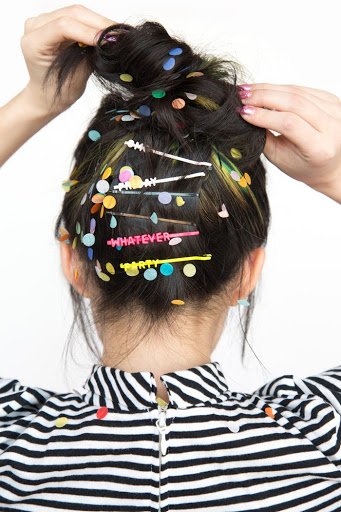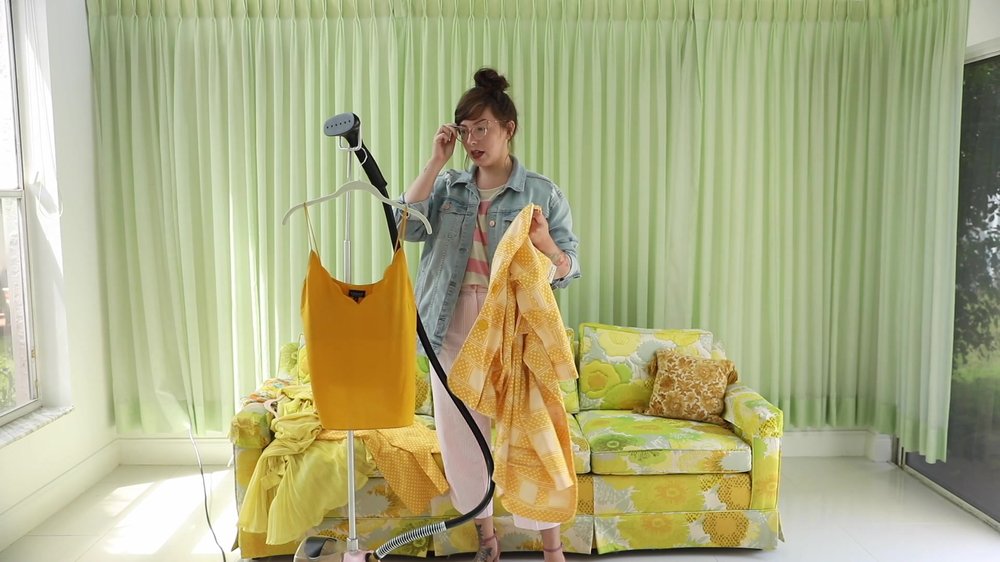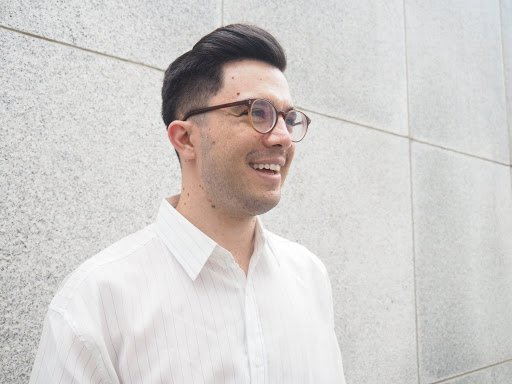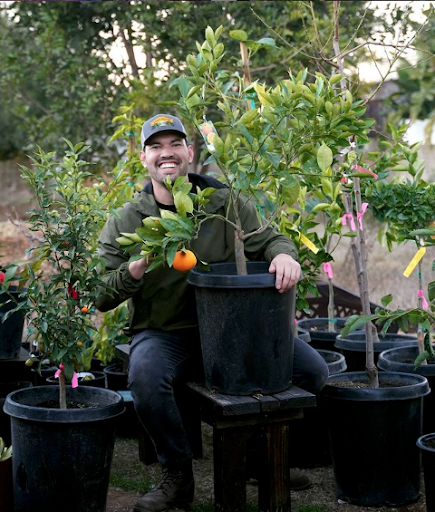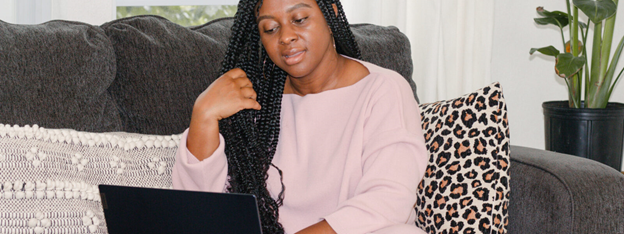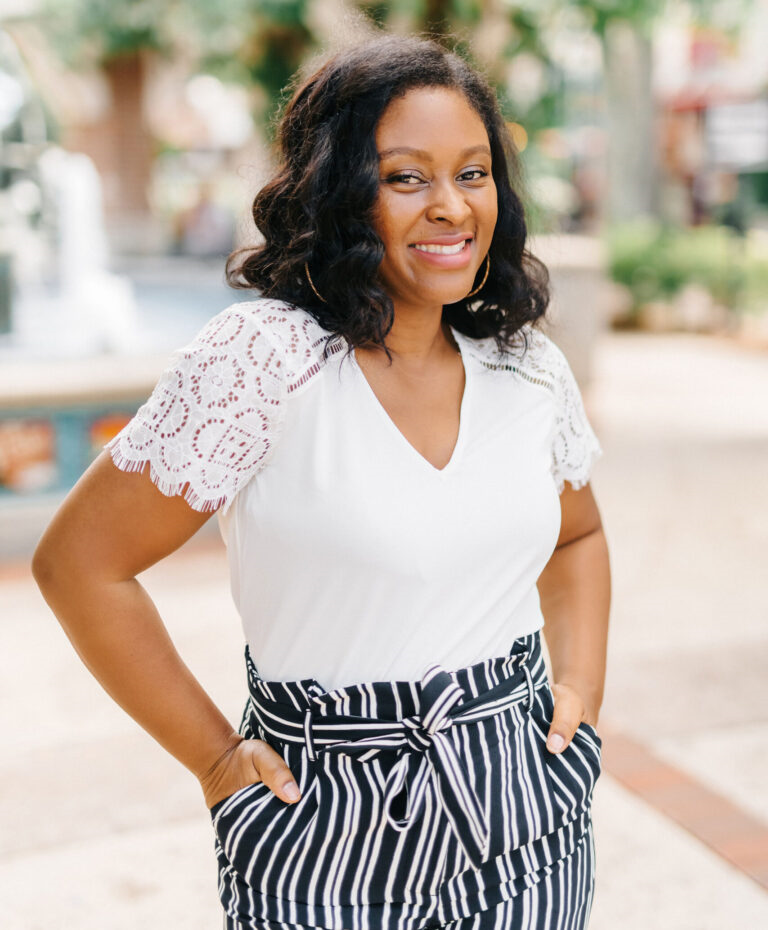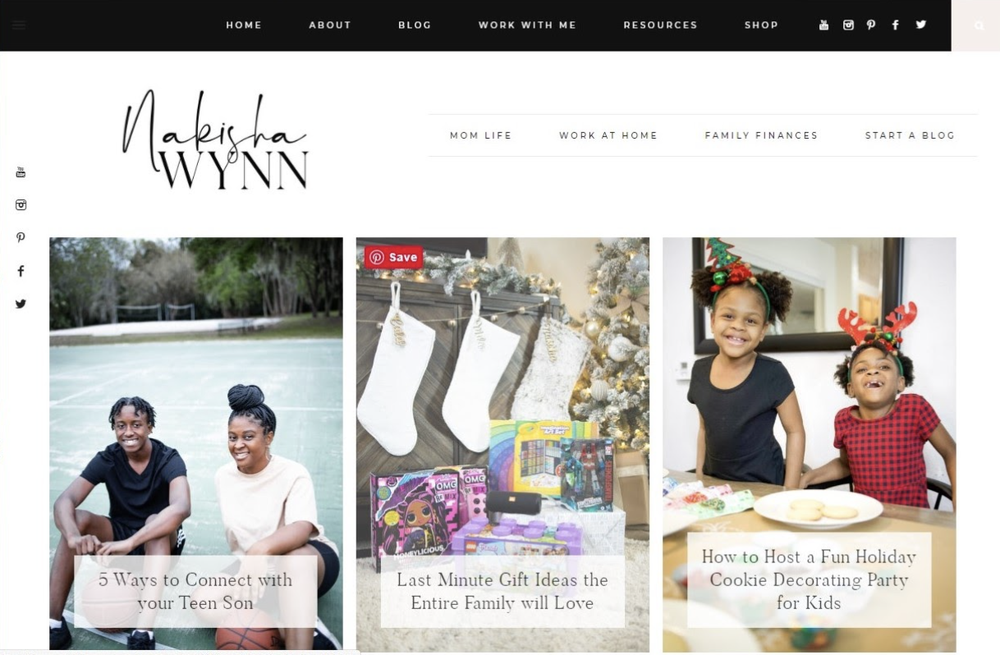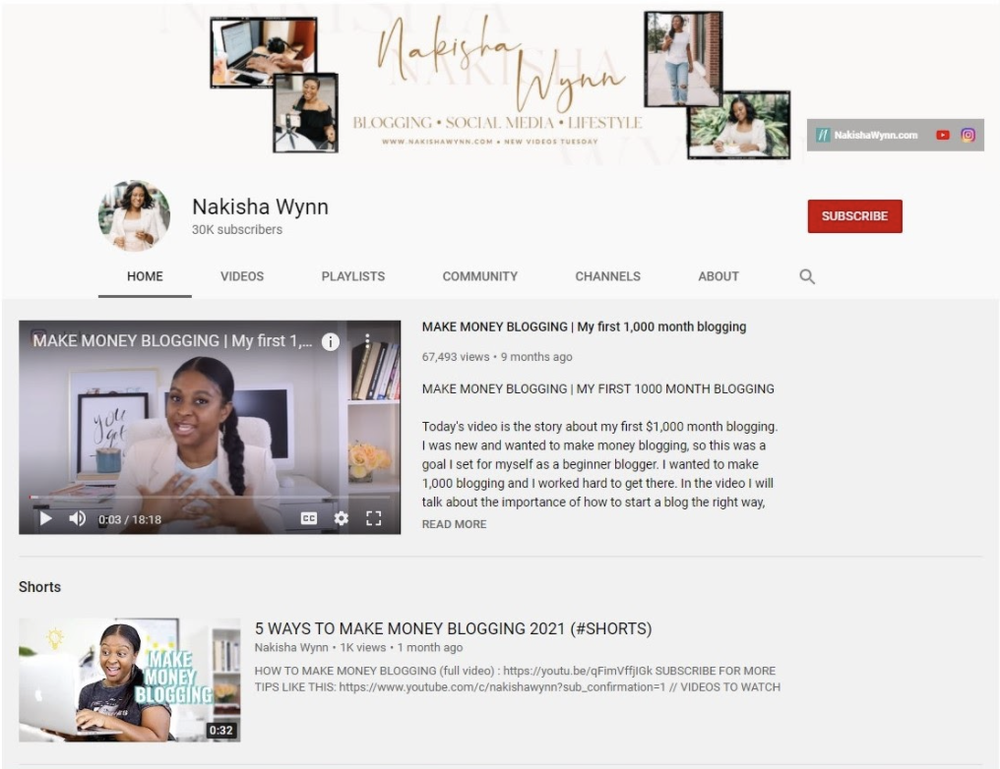In May, over 100 content creators, publishers, agencies, and other businesses joined the Google Web Creators team for a virtual workshop on Web Stories. The workshop was designed to teach attendees about media-rich, tappable, web-based Stories so they could create their own. And now, we want to share the information and presentations from that workshop with you!
An introduction to Web Stories
In the workshop’s intro session, Raunak Mahesh from Google’s Global Product Partnerships team covered the basics of Web Stories. He explained how they’re an effective storytelling format for all types of content creators — from large news outlets like USA Today to individual creators like The Tiny Herbivore. He also shared that more people continue to access content on their mobile phones, and that 64% of readers prefer tappable content over scrolling articles.
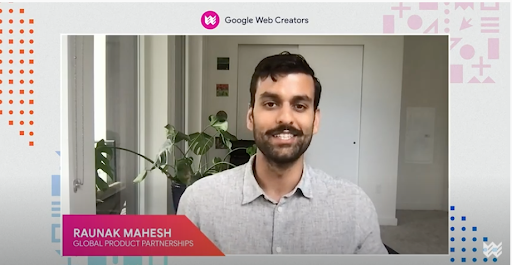
Google’s Raunak Mahesh presents Web Stories basics and benefits at the Web Stories Workshop.
Raunak also shared the benefits of Web Stories. Unlike closed platforms, you own your Web Stories, control how long they’re active, and can use them to direct readers to other content on your website or blog. And you don’t need to know how to write code to create Web Stories. Tools such as MakeStories, Newsroom AI, and the WordPress Web Stories plugin put building Stories within reach of busy bloggers and journalists.
Stories allow you to reach new audiences through Google Search and Discover, and can be embedded on your blog for added visual flair. They also help you monetize your content on your own terms, using affiliate links and ads.
Web Stories best practices
Next, Google Web Ecosystem Consultant Shishir Malani discussed best practices for creating Web Stories. Here are his top tips:
- Include a clear title and branding elements on your cover page.
- Create a complete narrative and flesh out your content with interviews, research, lists of items, and destinations or steps. Stories with incomplete narratives perform poorly compared to stories with complete narrative arcs.
- When deciding what to put on a page, think of the media first. “We like to think of Web Stories as writing a blog, but backwards,” Shishir said. “So start with the visuals that will best and most vibrantly tell your story, and then add in text to clarify the narrative.”
- Ideally, a Web Story should be 10 to 15 pages long. On each page, text should be readable — ideally less than 280 characters or the length of a tweet. “Shorter is better,” Shishir shared.
- Accessibility should be baked in, not an afterthought. In addition to making sure all text is readable, remember to caption your videos. When designing, stay within your tools’ safe zone — where important text and graphics won’t get cut off — so that all readers can fully understand your story.
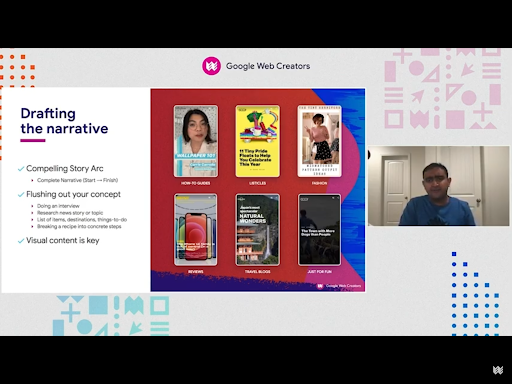
Web Ecosystem Consultant Shishir Malani discusses Web Stories best practices.
You can watch both sessions in the Web Stories workshop video. You can also check out other sessions from the workshop, including a presentation from Forbes about how they use Web Stories in their content mix, and a Q&A session with Google Web Stories experts. For more tips and resources for creating compelling Web Stories, visit the Storytime section of the Google Web Creators YouTube channel.
